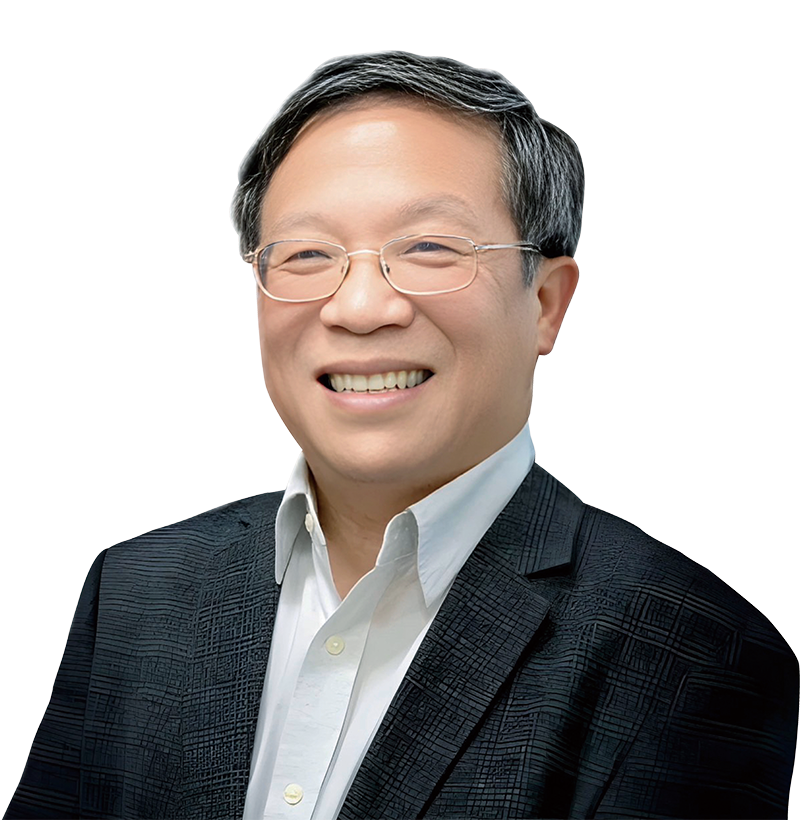Fusion of Quantum and Supercomputing: The Future of Computing
Quantum and classical computing each offer distinct advantages. Looking ahead, the fusion of quantum computing and supercomputing promises complementary computational power that can significantly enhance the efficiency of solving complex problems. This is a trend worth watching closely.
In recent years, the Quantum Computing Research Center has published extensively in top-tier international journals and conferences, positioning its research among the global leaders in the field. It has also actively pursued diverse international collaborations, rapidly elevating the reputation of Hon Hai Research Institute in quantum research. Meanwhile, the Trapped-Ion Quantum Computing Laboratory has established a low-noise, low-vibration environment and successfully trapped ion arrays. With key equipment expected to arrive within the next year, the lab aims to demonstrate control of 10 qubits by late 2025 or early 2026 and to launch a 5- to 10-qubit open-source, programmable ion-trap quantum computer in 2027.
In developing quantum computers, the sheer number of qubits is only part of the equation.Even more critical is the ability to precisely control them and maintain sufficient computational fidelity to enable reliable operations. Achieving this requires sustained efforts and a well-defined development roadmap.
The timeline for quantum computing to reach maturity remains hotly debated. In January 2025, Nvidia CEO Jensen Huang suggested that the technology may require at least another 20 years to enter a truly mature phase. However, at the Nvidia GTC conference in June, he remarked that the field was approaching a critical turning point, with the potential to tackle significant global challenges in the coming years.
In my view, quantum technology may take two decades or more to reach mainstream adoption. However, for users in specialized domains, major breakthroughs could emerge within three to five years. Some teams have already reported achieving logical 50 qubits, and if 100 qubits are reached, computational power could surpass that of today's classical computers.
Looking ahead, I recommend that the Quantum Computing Research Center strengthen collaboration with Hon Hai Technology Group's commercial and manufacturing divisions, ensuring that research outcomes are translated into practical applications. Meanwhile, the Trapped-Ion Quantum Computing Laboratory should continue to adapt its objectives in line with the latest quantum developments and establish a clear development roadmap, first by strengthening internal capabilities, then by accelerating progress toward international standards. Ultimately, I hope the achievements of both the Quantum Computing Research Center and the Trapped-Ion Laboratory will help Hon Hai Technology Group secure a first-mover advantage in the era of quantum-supercomputing fusion.
